NEWS
【Japan Football Museum】Interview with Mr. MURAKAMI Hiroki of JFA Administration Department Museum Group Vol.1
23 November 2022
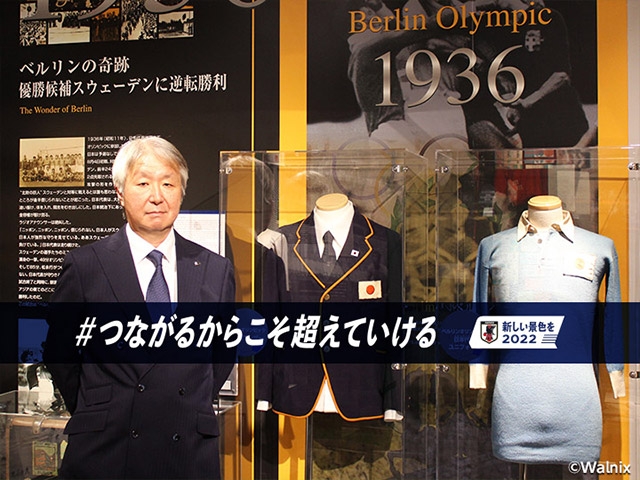
The Japan Football Museum opened on 22 December 2003 to further develop football culture by utilising the legacy of the 2002 FIFA World Cup Korea/Japan™. Before the museum closes in February 2023, we spoke to Mr MURAKAMI Hiroki of the JFA Administration Department, Museum Group, who was involved in the establishment of the museum and is still in charge of its management and operation.
※This interview was conducted on 24 October 2022.
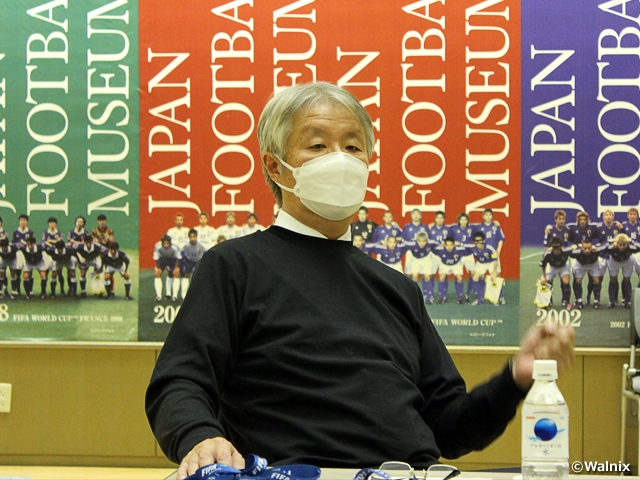
Using the 2002 FIFA World Cup™ as a starting point to connect the past, present, and future
――Please start by giving us some background on how the museum was founded.
MURAKAMI The JFA's 75th anniversary celebration on 10 September 1996, is where it all began. President NAGANUMA Ken (at the time) said "we need our own building." In response, Vice President OKANO Shunichiro (at the time) said, "We need a museum, even if it's a small one." That was how it all started.
――In May of the same year, it was decided that Japan and Korea Republic would co-host the 2002 FIFA World Cup™.
MURAKAMI Construction of the J-Village had begun, and with Japan defeating Brazil at the 1996 Summer Olympics in Atlanta, the future looked bright for the Japanese football world.
――The idea of a museum was conceived, but it was not until after the 2002 FIFA World Cup Korea/Japan™ that serious work began on its establishment.
MURAKAMI After serving for the World Cup Bidding Committee and Preparation Committee since 1994, I was a member of the Japan Organising Committee for the 2002 FIFA World Cup Korea/Japan™ (JAWOC) at the time. After the World Cup, I worked at a different job outside of Japan, completely unrelated to football, but when I came back to Japan at the end of 2002, JAWOC contacted me to come back to the committee to help build a museum.
――That was very sudden.
MURAKAMI The concept for the aforementioned building began to take shape during this time, and they had narrowed down the list to a few candidates, and ultimately decided to construct a museum inside the current building.
――This was in 2003.
MURAKAMI They wanted it to be built before JAWOC was disbanded, which was on 12 December of the same year, the anniversary day of JAWOC's foundation. The idea was to build a museum to commemorate the 2002 FIFA World Cup™.
――So it had to be built in less than a year.
MURAKAMI To be honest, it was difficult. First of all, we had to create a project concept. So, we held a team camp with a small number of staff, finalised the project in about three months, and submitted an RFP to select the subcontractors. And the project was finally put into full swing after receiving approval from the JAWOC Executive Committee.
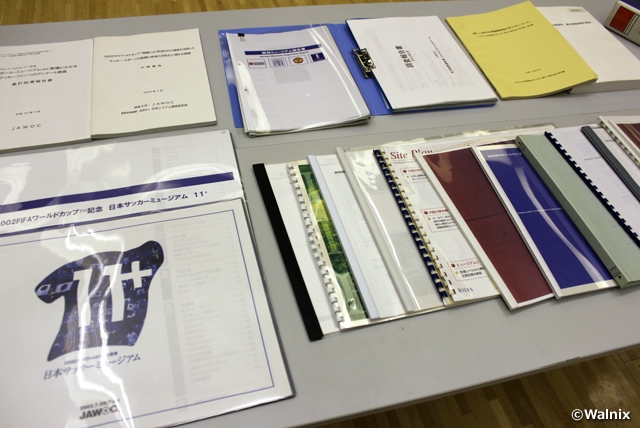
――Did you start by establishing the core of the project concept - why do we need a museum and what is its role?
MURAKAMI After the 2002 FIFA World Cup Korea/Japan™, President KAWABUCHI Saburo (at the time) had already stated, even before The JFA Declaration, 2005, that JFA would "host the World Cup again and win it by 2050." From there, we used the 2002 FIFA World Cup Korea/Japan™ as a starting point to expand on the concept of “connecting the past, present, and future.”
――When was the project finally approved?
MURAKAMI It was after the Golden Week in May. From there, we managed to complete the project in a little more than half a year. Although we had sufficient funds, there wasn't enough time, and I cannot thank all the people involved enough for their cooperation.
――Did the actual work itself go according to the original plan?
MURAKAMI No. New ideas were brought up left and right. The museum entrance is one such example. The original plan was to have the office entrance on the ground floor and the museum entrance on the basement floor, but in the end a separate entrance for the museum was built on the ground floor.
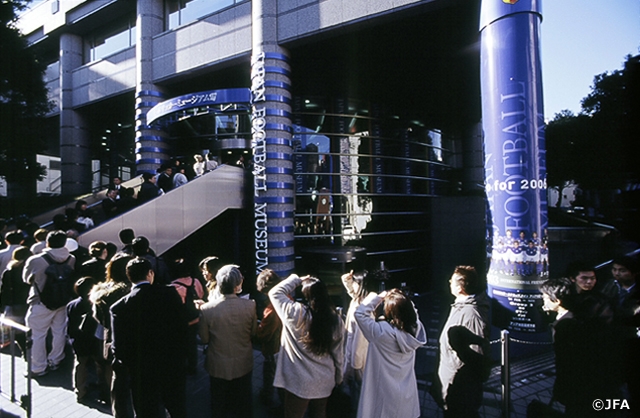
――And, that is just the tip of the iceberg?
MURAKAMI Anyway, we didn't have a choice, so we just kept working nonstop.
――And of course, that requires a lot of manpower.
MURAKAMI We actually proceeded in a small group, because it would take too long for a large group of people to work cohesively. That's why we held a camp.
――What do people want from a football museum? Have you been actively involved in the marketing side of this project, and have you used it as a reference point?
MURAKAMI Of course, we did. We conducted a survey targeting fans and supporters who attended matches of the Japan National Team in early spring to identify their potential needs.
――It must have been difficult to sort through the exhibits.
MURAKAMI As I mentioned earlier, the concept was to use the 2002 FIFA World Cup Korea/Japan™ as a starting point, so our biggest challenge was how to create a mechanism to link the past, present, and future. In a way, it was going to be the museum's centrepiece.
――Which is what is in front of us now?
MURAKAMI Correct.
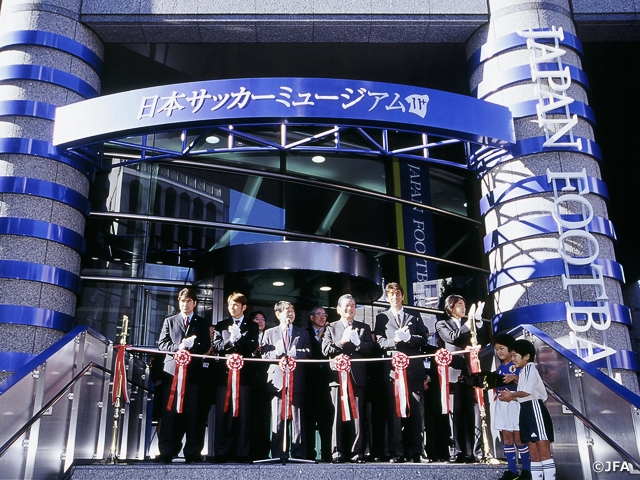
Latest News
-
National Teams
2025/12/12
U-18 Japan National Team squad & schedule - SBS CUP INTERNATIONAL Youth Soccer 2025 (12/15-21@Shizuoka)

-
National Teams
2025/12/10
U-15 Japan National Team squad & schedule - EAFF U-15 Championship 2025 (12/16-23@Fujian, China PR)

-
National Teams
2025/12/09
Japan Futsal National Team squad & schedule - FUTSAL WEEK December Cup (12/14-23@Porec, Croatia)

-
National Teams
2025/12/03
U-16 Japan National Team squad & schedule - Egypt Tour (12/9-19@Giza, Egypt)

-
National Teams
2025/12/03
【Match Report】Nadeshiko Japan Close Out the Year with Back-to-Back Wins over Canada



